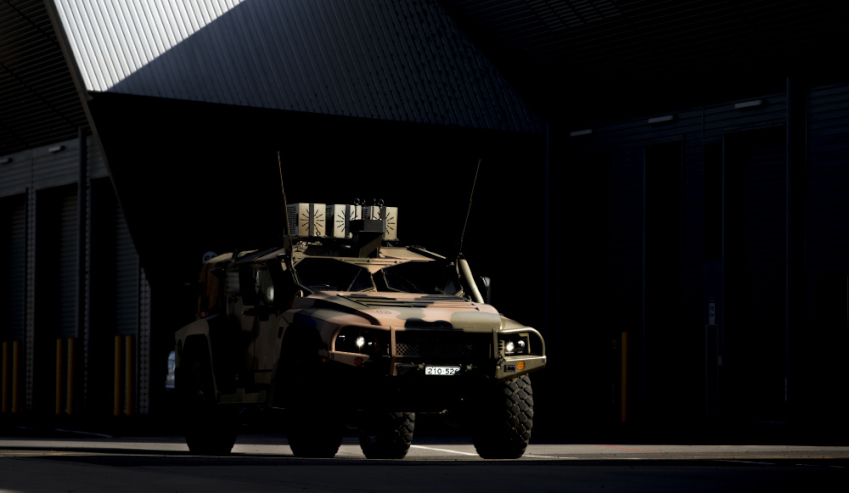Australia’s protected mobility vehicle – light (PMV-L), the Hawkei, has had its new C4I integral computing system (ICS) put to the test by the Capability Acquisition and Sustainment Group’s (CASG) Land 121 Phase 4 project team during a demonstration.
During the demonstration at the Monegeetta Proving Ground, a project charter for the ICS was signed to guide the dealings between Defence and the ICS's nine contractors: Thales Australia, Cablex, Elbit Land Systems Australia, Esterline, Harris Australia, Kongsberg, Raytheon, Rockwell Collins and Thomas Global Systems.
Land 121 Phase 4 project director Colonel John McLean said that the ICS reflects the Australian Army's requirement for a more integrated approach to C4I on vehicles that realises benefits in the areas of usability, space, weight and power.
"Using generic vehicle architecture (GVA) and a central computing concept to host various C4I systems and communications, the ICS will optimise and centralise the flow of information to the user, enabling rapid decision making and multitasking at levels not previously achievable on land-based platforms," COL McLean said.
"The new ICS will enable the vehicle operator to manage radios, sensors, the battle management system and weapon systems – all through a common interface.
"The ICS was demonstrated to work successfully with Army’s battle management system and communications suite, as well as other features and systems of the deployable PMV-L capability."
The demonstration also gave invited stakeholders the opportunity to see the deployable PMV-L's various planned features, which CASG said includes:
- ICS command vehicle installation;
- Battle management system operating on Windows 10;
- Advanced field artillery tactical data system;
- Digital terminal control station;
- Interactive electronic technical manuals;
- Force protection electronic counter measures;
- Rocket propelled grenade cage;
- Remote weapon station; and
- Manned weapon mount.
At this stage, CASG said the initial baseline of C4I ICS will be available on low-rate initial production vehicles from 2018.








